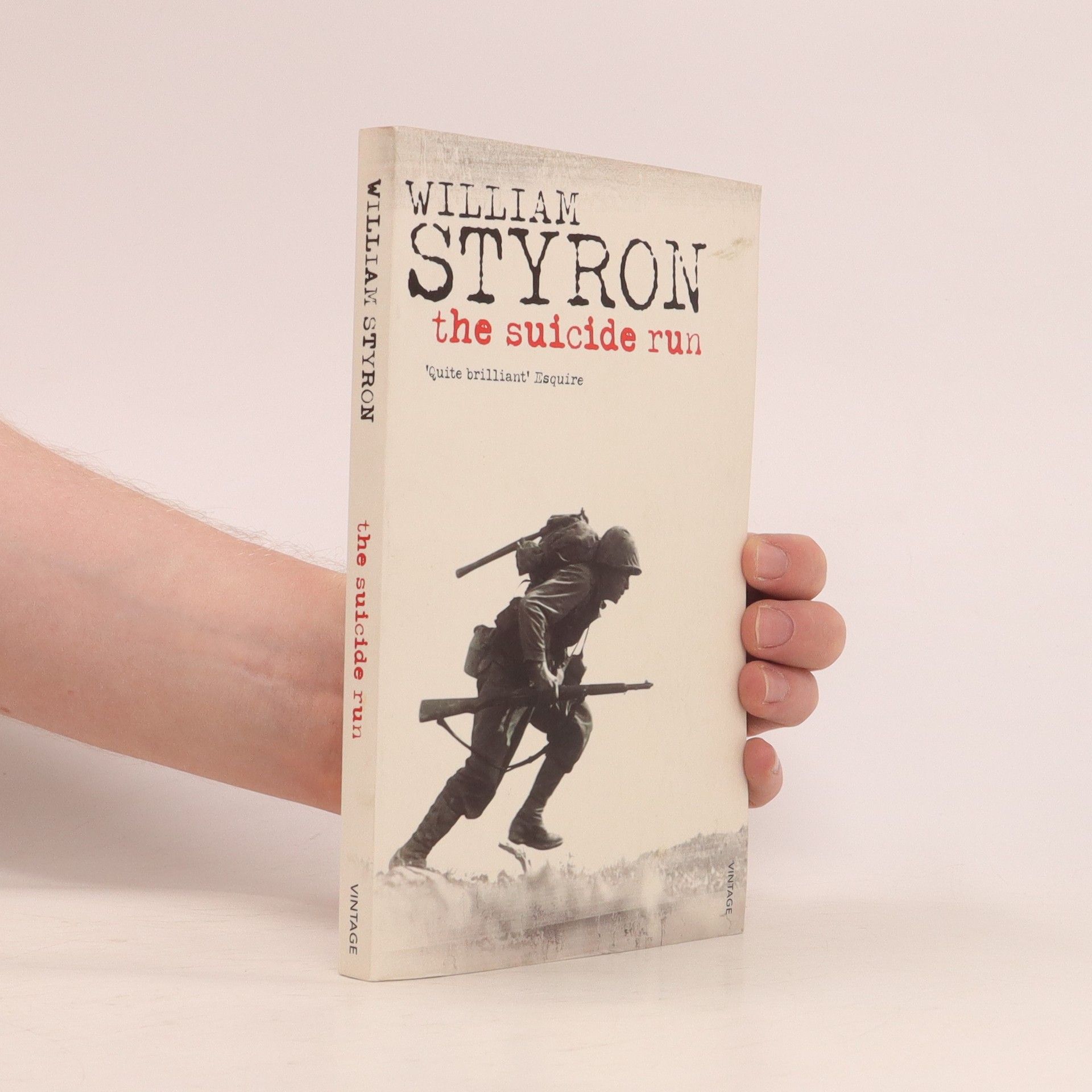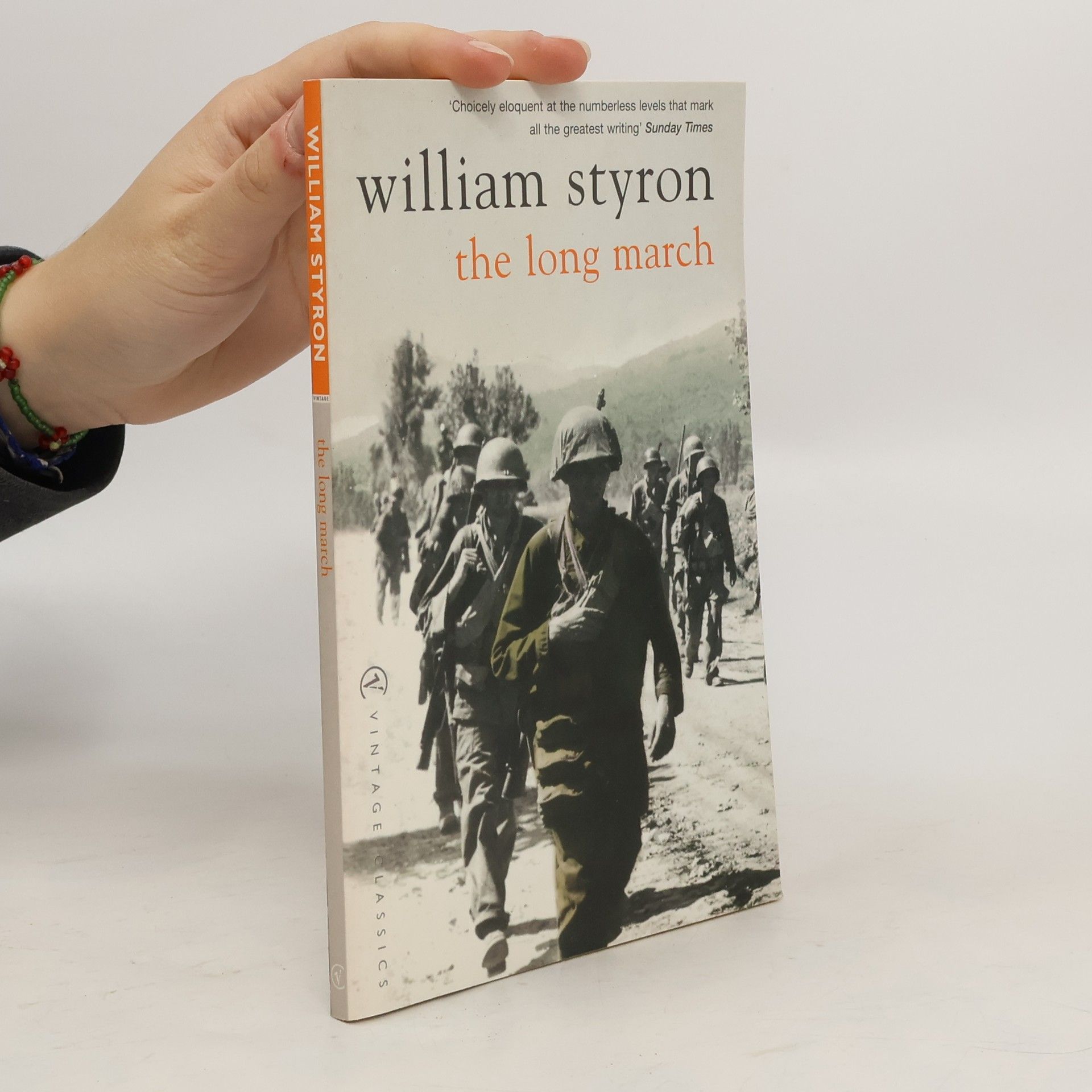Sophie es una joven polaca de pálida belleza que vive en una casa de huéspedes en Brooklyn durante los años cuarenta, junto a Nathan, un judío obsesionado con el pasado, y Stingo, un aspirante a escritor del Sur. Estas tres personalidades se entrelazan en un ambiente que, a pesar de su aparente alegría, está marcado por las secuelas de la guerra que devastó el mundo. La historia de Sophie, reflejo de la tragedia del Holocausto, invita a reflexionar sobre la naturaleza humana, tanto del que sufre como del que inflige dolor. A través de su experiencia, se explora cómo el pasado puede afectar las ansias de supervivencia y la lucha por superar el sufrimiento. La novela profundiza en la esencia del mal en el individuo y en la humanidad en su conjunto, presentando una poderosa meditación sobre la condición humana. En agosto de 1994, figuras literarias y políticas como Gabriel García Márquez, Carlos Fuentes y Bill Clinton se reunieron en la casa de William Styron, discutiendo sobre literatura y el impacto de las obras que los marcaron. Esta conversación ilustra la relevancia perdurable de Styron en la literatura americana, un autor cuya obra sigue resonando en el tiempo.
William Styron Libros

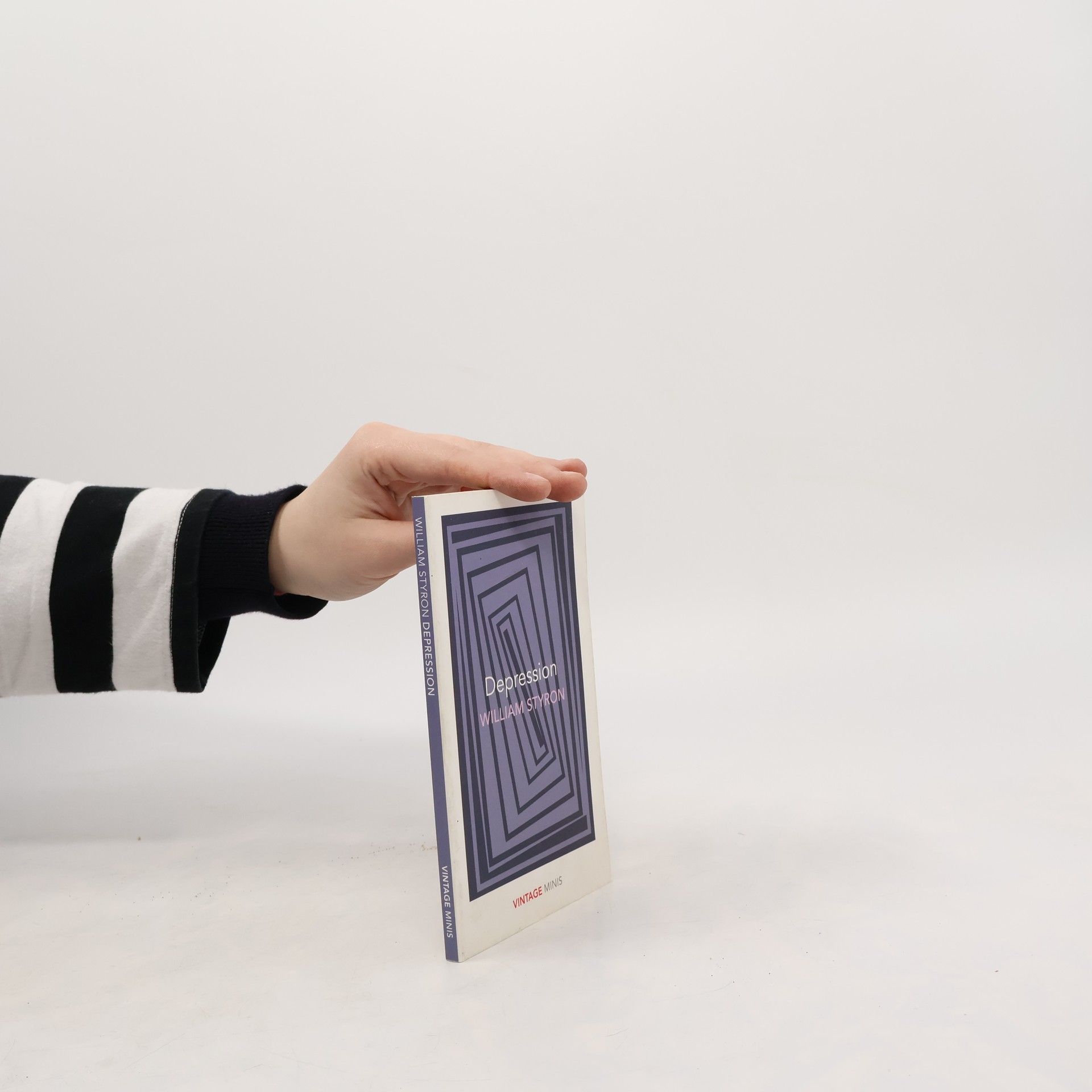
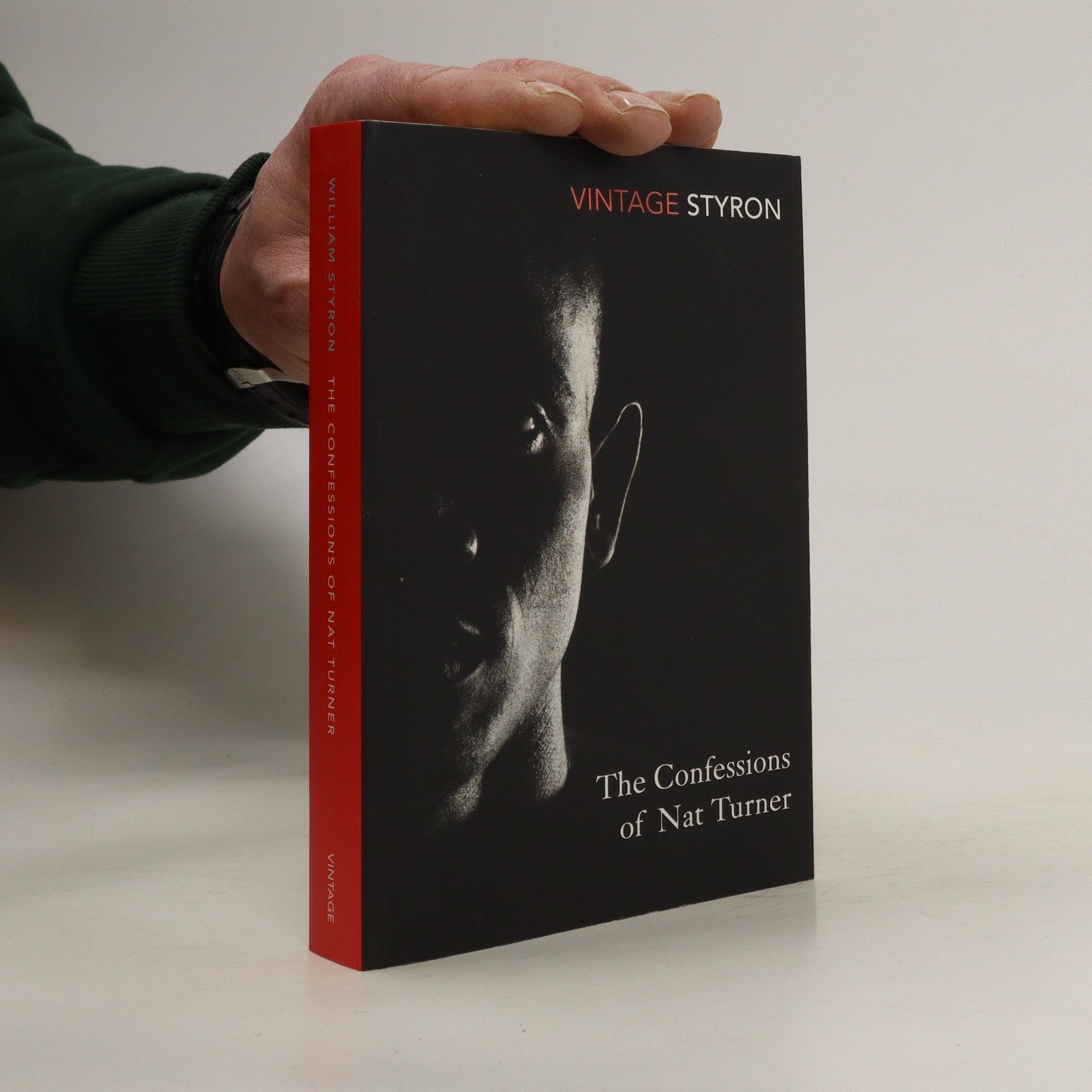
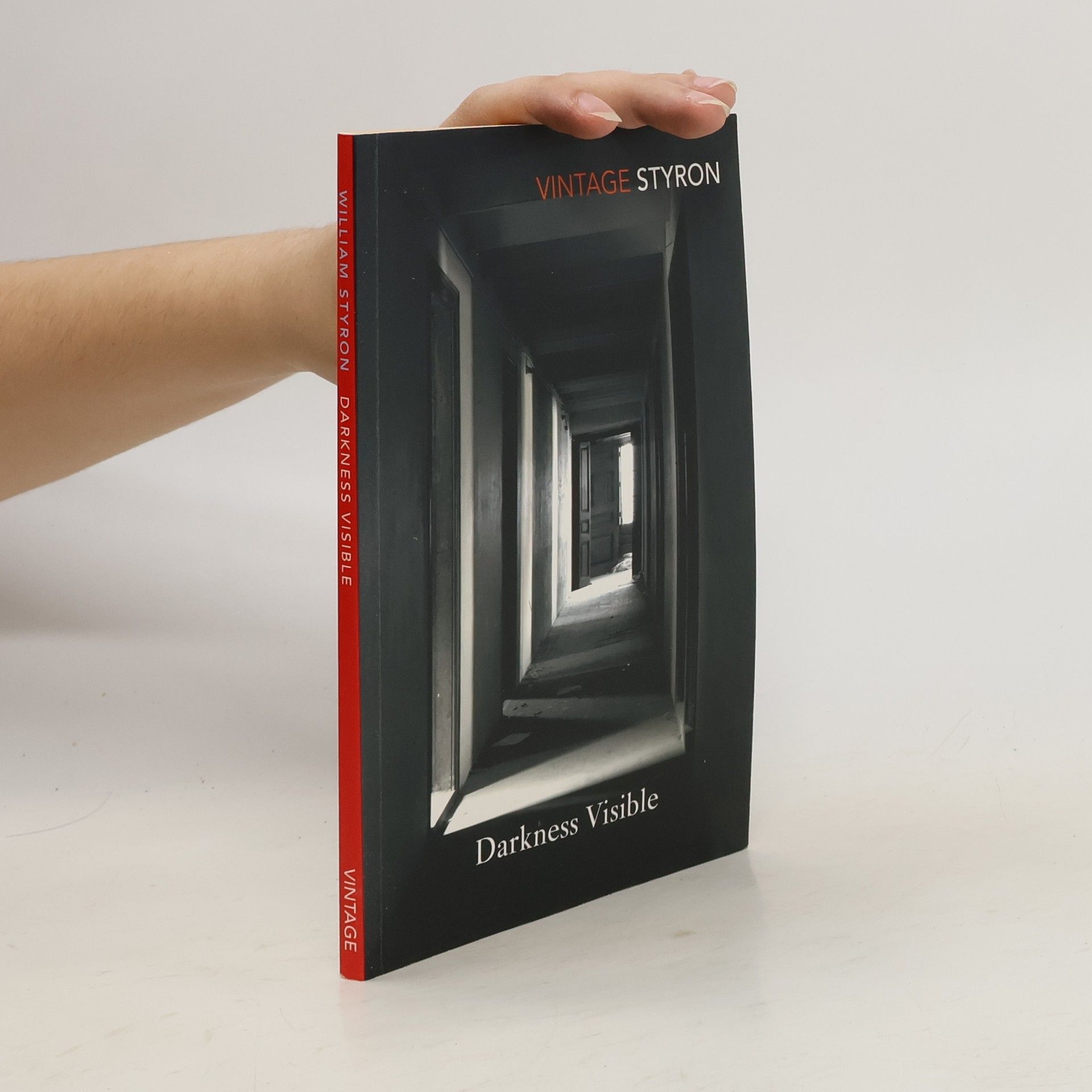
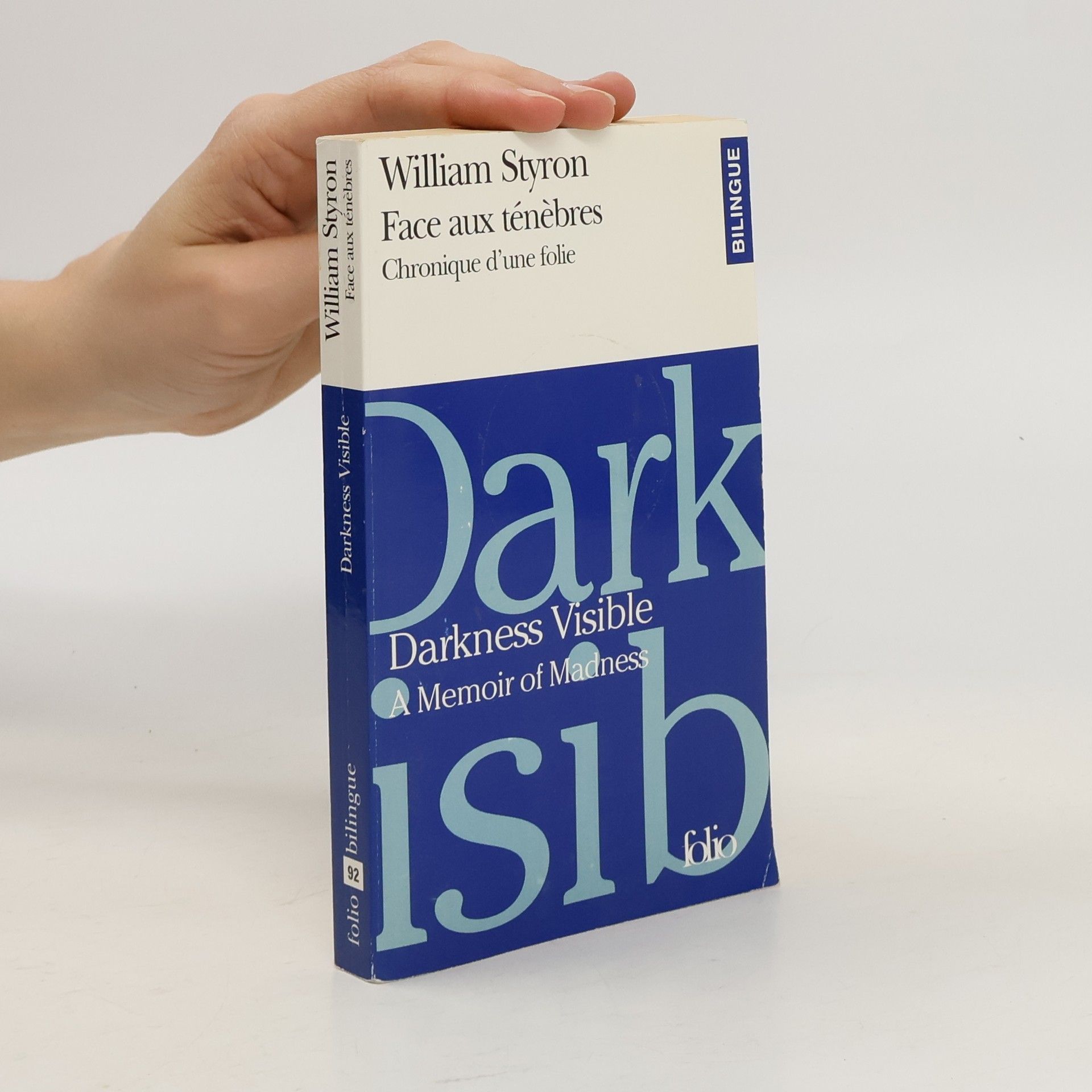
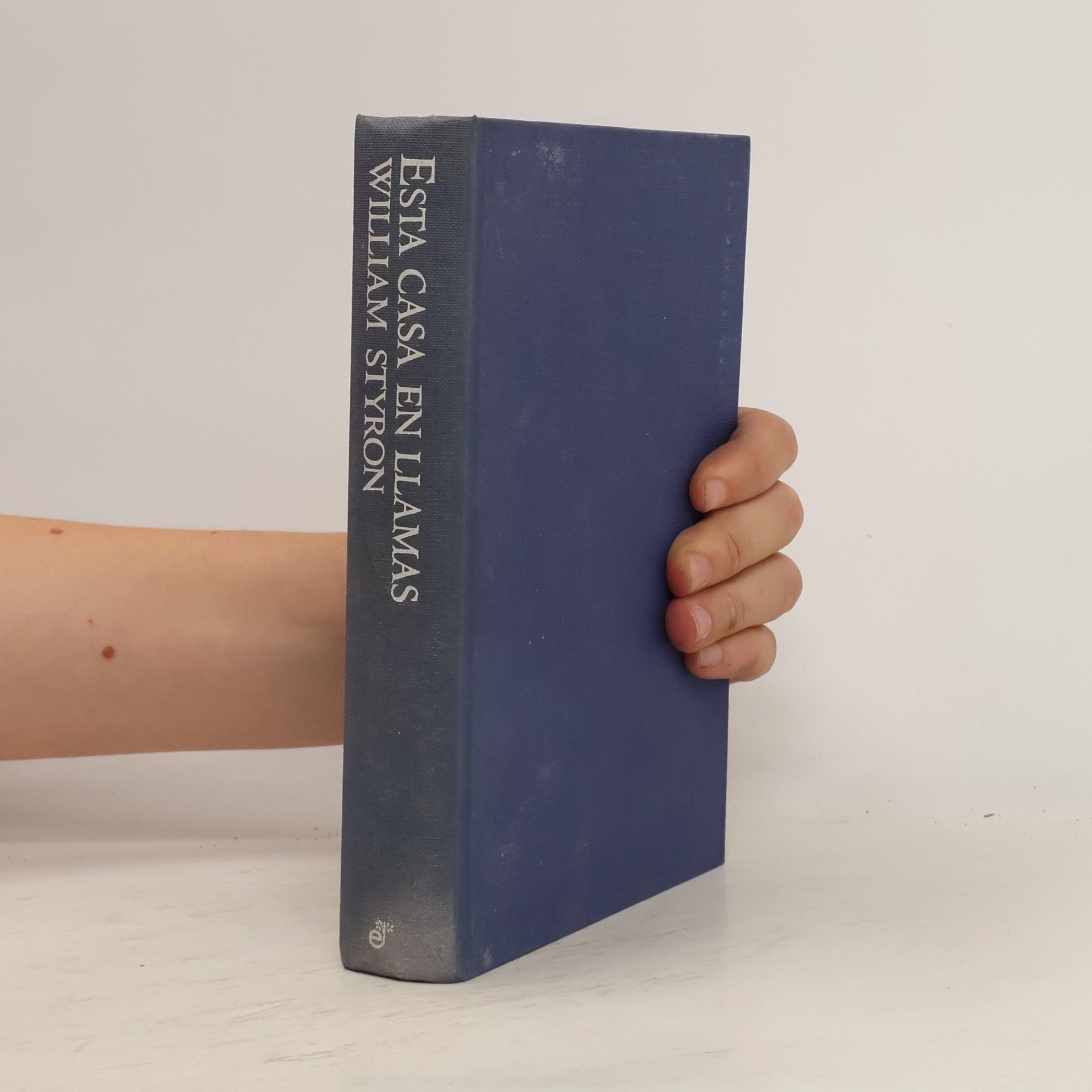

Esta casa en llamas
- 551 páginas
- 20 horas de lectura
Face aux ténèbres. Darkness Visible
- 221 páginas
- 8 horas de lectura
"Mr. Styron's description of his climactic night of 'despair beyond despair' moved me (a healthy, nondepressive personality) to the point that I felt I was facing my own death. Here is an example of art refined in the fire of experience: the writing is so pure one is hardly aware of the ink on the page." —Edmund Morris In the summer of 1985, William Styron was overtaken by persistent insomnia and a troubling sense of malaise—the first signs of a deep depression that would engulf his life and leave him on the brink of suicide. In Darkness Visible a great novelist describes his devastating descent into depression, taking us on an unprecedented journey into the realm of madness. Expanded from his celebrated Vanity Fair piece, this moving memoir is an intimate portrait of the agony of Styron's ordeal, as well as a probing look at an illness that affects millions but is still widely misunderstood. "To most of those who have experienced it," Styron writes, "the horror of depression is so overwhelming as to be quite beyond expression." Through Styron's remarkable candor and powers of description, we come truly to understand the anguish of a mind desperate unto death. We are moved yet not depressed by his account: with him, we feel uplifted by a sense of catharsis and can at last begin to fathom depression's dark reality.
Darkness Visible
- 108 páginas
- 4 horas de lectura
Darkness Visible describes the author's devastating descent into depression. It is an intimate portrait of the agony of his ordeal as well as a probing look at an illness that affects millions but is still widely misunderstood.
The Confessions of Nat Turner
- 432 páginas
- 16 horas de lectura
In 1831 Nat Turner awaits death in a Virginia jail cell. He is a slave, a preacher, and the leader of the only effective slave revolt in the history of 'that peculiar institution'. William Styron's ambitious and stunningly accomplished novel is Turner's confession, made to his jailers under the duress of his God. Encompasses the betrayals, cruelties and humiliations that made up slavery - and that still sear the collective psyches of both races.
Depression
- 96 páginas
- 4 horas de lectura
How does a writer compose a suicide note? This was not a question that the prize-winning novelist William Styron had ever contemplated before. In this true account of his depression, Styron describes an illness that reduced him from a successful writer to a man arranging his own destruction. He lived to give us this gripping description of his descent into mental anguish, and his eventual success in overcoming a little-understood yet very common condition.The unabridged text of Darkness Visibleby William StyronVINTAGE MINIS- GREAT MINDS. BIG IDEAS. LITTLE BOOKS.A series of short books by the world's greatest writers on the experiences that make us humanAlso in the Vintage Minis series-Swimming by Roger DeakinBabiesby Anne EnrightCalm by Tim ParksWork by Joseph Heller
William Styron traces the betrayals and infidelities--the heritage of spite and endlessly disappointed love--that afflict the members of a Southern family and that culminate in the suicide of the beautiful Peyton Loftis.
A tidewater morning
- 160 páginas
- 6 horas de lectura
In this brilliant collection of "long short stories," the Pulitzer Prize-winning author of Sophie's Choice returns to the coastal Virginia setting of his first novels. Through the eyes of a man recollecting three episodes from his youth, William Styron explores with new eloquence death, loss, war, and racism. "From the Trade Paperback edition.
The Suicide Run
- 208 páginas
- 8 horas de lectura
The five personal and intensely powerful tales that make up this collection draw upon William Styron's real-life experiences in the US Marine Corps, and give us an insight into the early life of one of America's greatest modern writers. The stories are set in the gruelling camps and sweltering training fields which mark the limbo point between civilian life and the horrors of war. The stories tell of young men embarking on suicidal 1000 mile roundtrips to New York to see their girlfriends on 36 hour leave periods; the surreal experience of being conscripted for a second time to serve in the Korean War; and the frustration and isolation of returning home when service is over. The Suicide Run brings to life the drama, inhumanity, absurdity and heroism that forever changed the men who served in the Marine Corps.
The long march
- 96 páginas
- 4 horas de lectura
In the shadow of the Korean War, a series of misfired mortar shells kill six men in a Marine camp during a training exercise, prompting the commanding officer to order a grueling punishment: a thirty-six mile march through the suffocating heat of the Carolina summer. Intended to beat discipline into the aging reservists, the march instead rankles Lieutenant Culver and Captain Mannix, whose growing resentment of the brutal trek leads to an ultimate, powerful act of rebellion. The Long March is a withering critique of a military system that leaves no room for dignity or personal identity. Told in part through flashbacks and dream sequences, the story is immersed in vivid language and philosophical reflection--a poignant defense of the individual in the face of attempted dehumanization.


